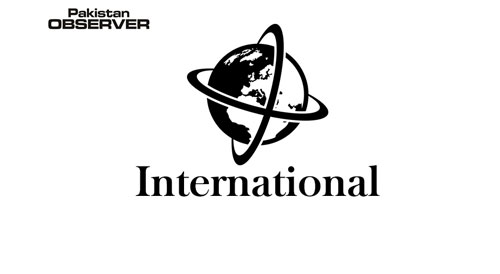Fears among Western governments that a Russian invasion of Ukraine is imminent have eased, but not disappeared
Fears among Western governments that a Russian invasion of Ukraine is imminent have eased, but not disappeared. Diplomatic efforts to avert war got new energy this week after President Vladimir Putin said Russia was willing to discuss security issues with NATO, and Russia said it was withdrawing some of its troops gathered near Ukraine’s borders.
The United States and its allies have welcomed the diplomatic overture, but say they have seen little evidence of a military de-escalation.
U.S. President Joe Biden said late Tuesday there were 150,000 Russian troops massed to the north, south and east of Ukraine, and Western officials said an invasion could still happen at the drop of a hat. Here’s a look at what is happening where and why:
What’s happening with russian troops?
Russia’s Defense Ministry has announced that some units participating in military exercises will begin returning to their bases, a statement welcomed as “a good signal” by German Chancellor Olaf Scholz. But it wasn’t immediately clear where ex-actly these troops were deployed or how many were leaving. The Defense Ministry released footage of a trainload of armored vehicles leaving Crimea, which Russia annexed from Ukraine in 2014. The ministry said the movement was part of a return of forces to their permanent bases.
But NATO Secretary General Jens Stoltenberg said the military alliance had “not seen any with-drawal of Russian forces.” British Defense Secre-tary Ben Wallace said “it’s too soon to tell” whether the pullback is genuine.
Wallace said Russia had continued to build field hospitals and deploy weapons systems near Ukraine.
“We’ll take them at their word, but we’ll judge them by their actions,” he said. The Kremlin dismisses claims it is planning an invasion. Russian Foreign Minister Sergey Lavrov said Western “hysteria … profoundly puzzles us,” and accused the West of trying to dictate how Rus-sia should behave on its own territory.
Moscow’s ambassador to the European Union, Vladimir Chizhov, told German daily newspaper Welt that “there won’t be an attack this Wednesday. There won’t be an escalation next week either, or in the week after, or in the coming month.”
Western officials say that even if an invasion is not imminent, Russia could keep troops massed near Ukraine for weeks, turning the military buildup into a protracted crisis.
Russian forces continued massive war games Wednesday in Belarus, to the north of Ukraine, with fighter jets flying training missions and paratroopers holding shooting drills.
The West fears the exercises could be used as cover for an invasion of Ukraine, but Belarusian Foreign Minister Vladimir Makei said all Russian troops and weapons will leave the country after the maneuvers wrap up Sunday.
What is Nato doing?
Defense ministers from NATO member nations are meeting in Brussels to try to bolster the deterrence side of its twin-track deterrence and diplomacy strategy for Russia.
Stoltenberg said NATO would “convey a very clear message to Russia that we are ready to sit down and discuss with them but at the same time, we are prepared for the worst.”
Stoltenberg said Russia’s positive message about diplomacy “provides some grounds for cau-tious optimism,” but the concentration of Russian forces “contradicts the message of real diplomatic efforts.”
NATO has ruled out sending troops to fight Russia in Ukraine, which is not a member of the Western alliance. But hundreds of American, British and other NATO troops have been sent to bolster the defenses of Eastern European member countries, including Poland and the Baltic states that fear they may be Russian targets.
Moscow accuses NATO of moving ever closer to Russia’s borders. A key Russian demand is that Ukraine drop its ambition to join NATO. The alli-ance says Ukraine must have the freedom to make its own choice.
Britain’s Wallace said Ukraine was in the “pipe-line” for NATO membership, but “there’s no plan for Ukraine to move to the next stage” any time soon.
What is the mood in ukraine?
President Volodymyr Zelenskyy declared Wednes-day as a “day of national unity” in Ukraine. He called on citizens to display the blue-and-yellow national flag and to sing the national anthem in the face of “hybrid threats.” To mark the day, demon-strators unfolded a 200-meter (656-foot) national flag at a sports arena in Kyiv.
“Russia will not leave us in peace, that’s why we have to be always ready for it,” Yuri Maistrenko, 52, a scientist in Kyiv, said. “It did not start today, but it could tomorrow or after a month.”
Meanwhile, a cyberattack that knocked out the websites of the Ukrainian army, the defense minis-try and major banks on Tuesday appeared to be ongoing. Russia has denied involvement, and there was no indication the relatively low-level, distrib-uted-denial-of-service attacks might be a smoke-screen for more serious and damaging cyber mis-chief.
What is happening in Russia?
Putin, who has had tense meetings with French President Emmanuel Macron and Germany’s Scholz in recent weeks, was all smiles when he met au-thoritarian Brazilian President Jair Bolsonaro in Moscow.—AP










